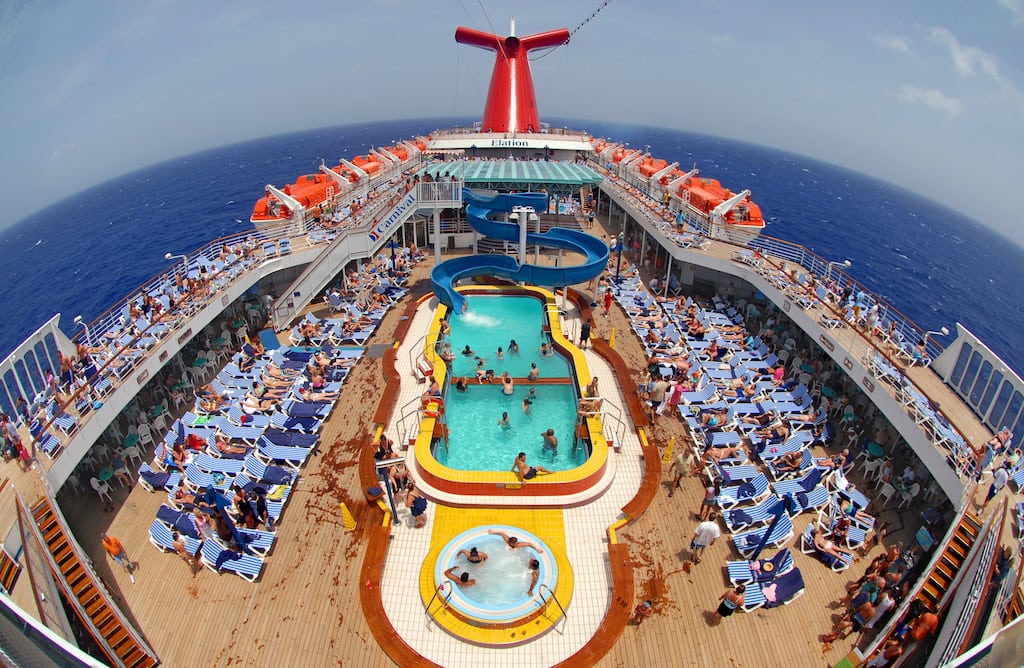Carnival CEO Says Brexit Vote Could Give UK Cruise Lines an Edge

Skift Take
Carnival Corporation pulled off a surprisingly good quarter despite global uncertainty, though capacity growth in China seems to be worrying some on Wall Street.
Travel companies have been reeling since British voters decided late last week to leave the European Union, but Carnival Corp. president and CEO Arnold Donald sees a potential silver lining to the sterling's fall.
"Despite the geopolitical events in Europe, including the Brexit vote, we remain confident in our long term outlook given the attractive value proposition our strong and diversified brand portfolio offers," Donald told analysts during the company's second-quarter earnings call Tuesday.
He continued, noting that the value proposition was strong "particularly in the UK where our local brands P&O Cruises and Cunard — sold in British pounds — have an increasingly competitive advantage to land-based vacation alternatives in Europe and abroad."
Other than the impact of currency exchange rates, the global cruise giant is not, at least at this point, forecasting any downturn in business due to the UK's vote to leave the EU
